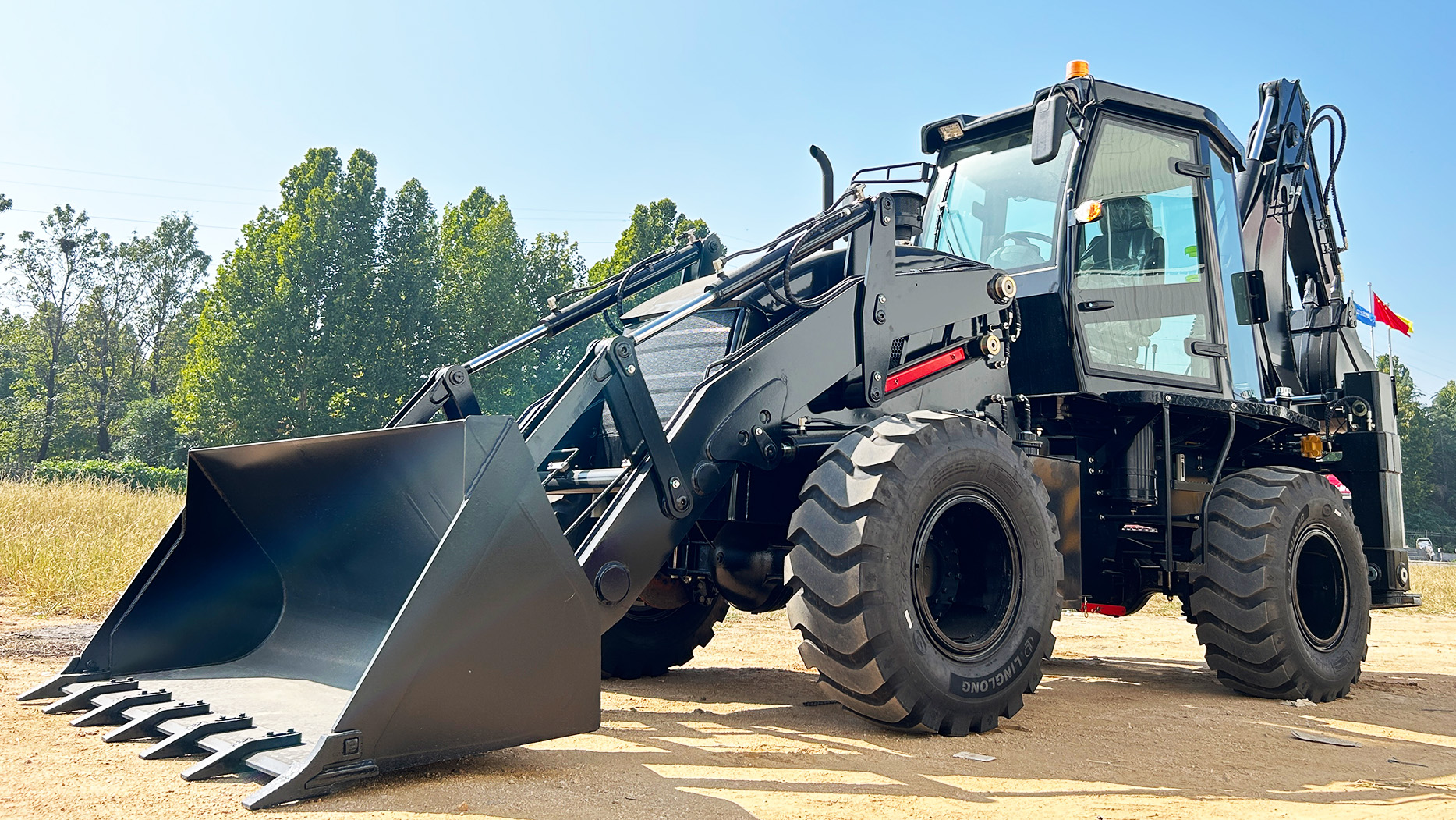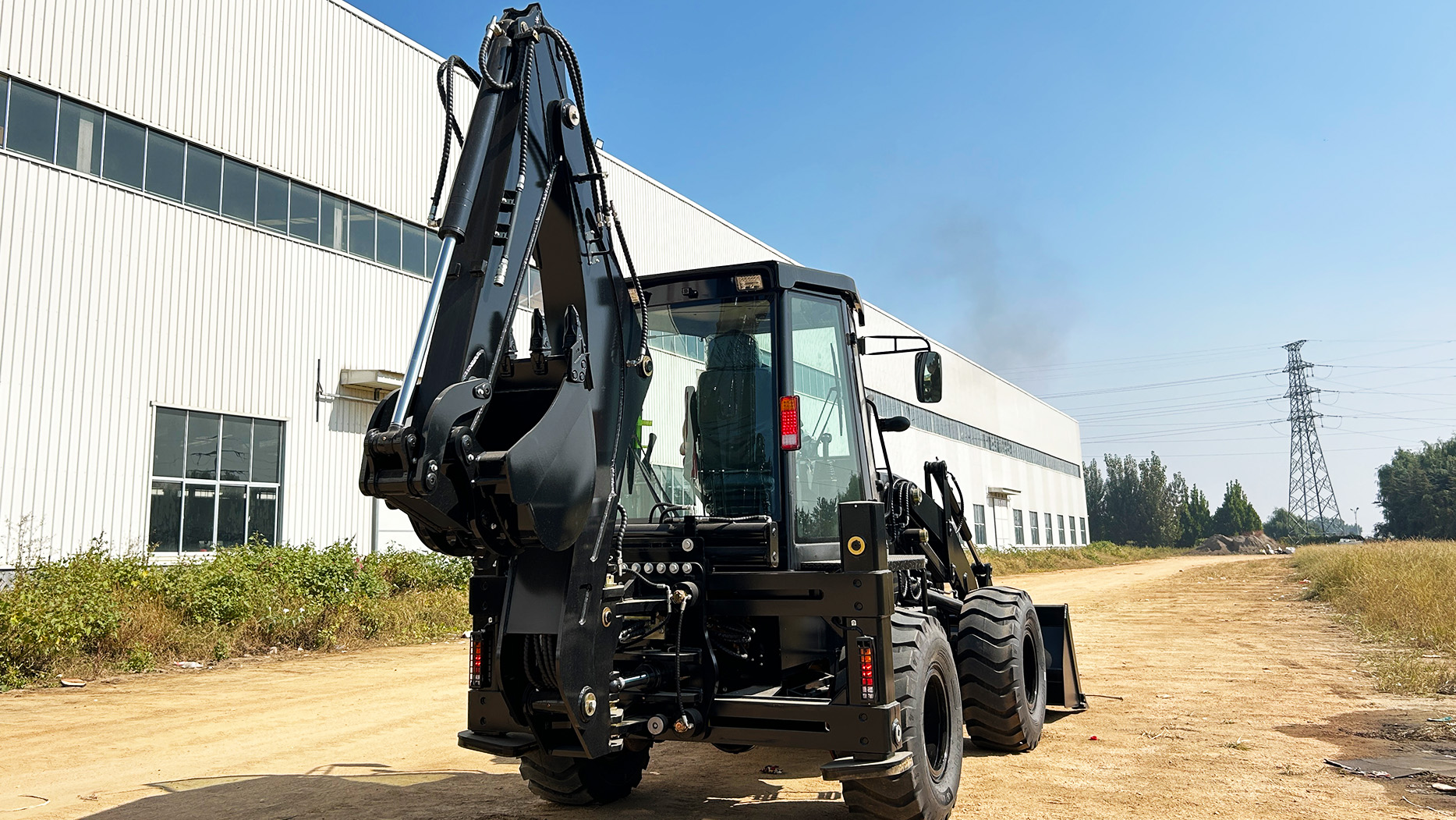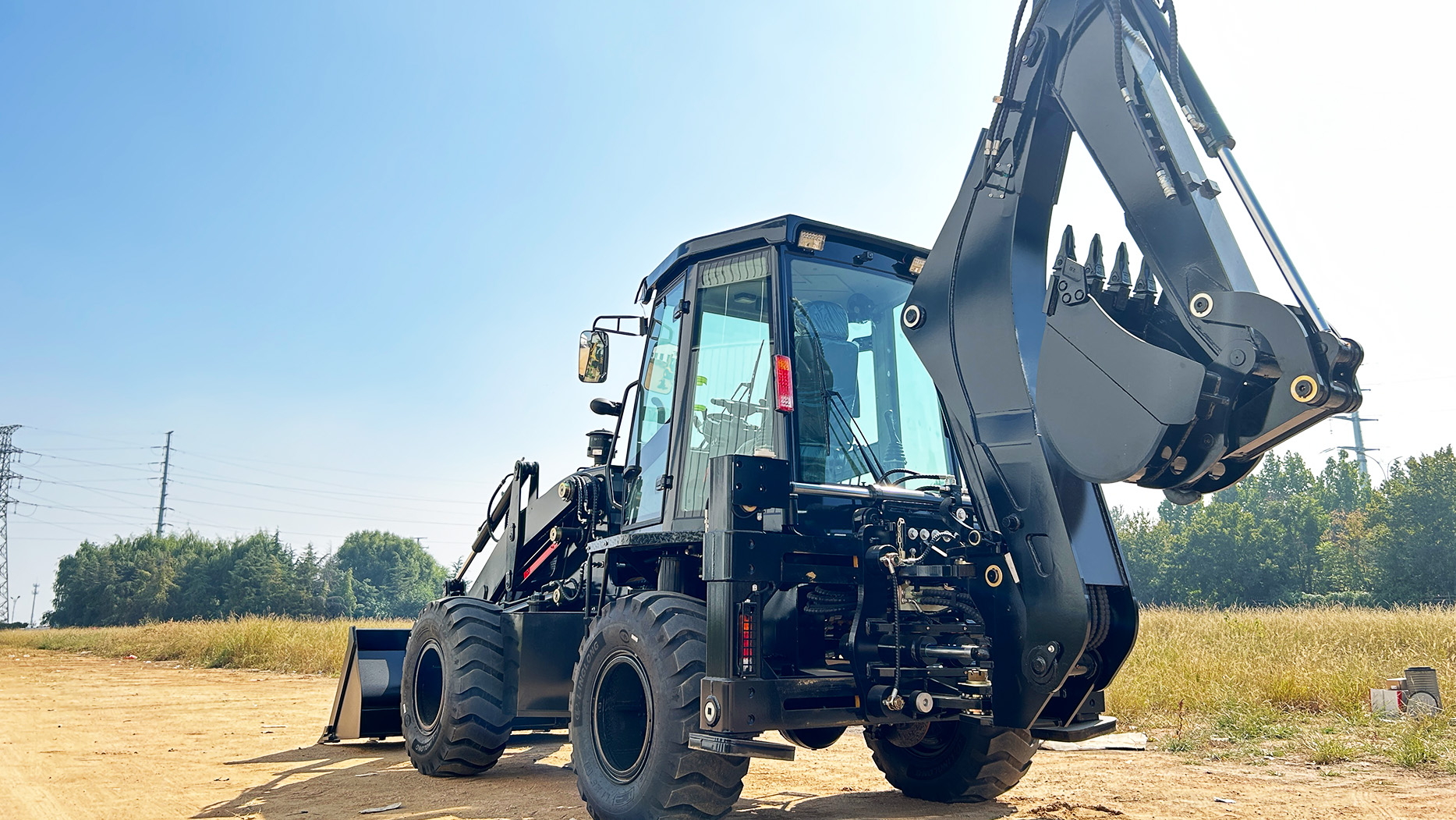I. Introduction
The backhoe loader, a ubiquitous machine on construction sites and in agricultural settings, is a marvel of versatility. Its ability to dig, lift, and move materials makes it indispensable. However, this workhorse is known by a variety of names, leading to potential confusion. While "backhoe loader" is widely used, terms like "tractor-loader-backhoe," "digger," and even brand-specific names are common. This article delves into the fascinating world of backhoe loader nomenclature, exploring the reasons behind this diverse terminology. We'll examine regional differences, industry-specific jargon, and the influence of manufacturers, providing a comprehensive look at how this machine is referenced across various contexts.
II. Core Functionality and Design

The backhoe loader's design is a testament to its multifunctional nature. At its core is a tractor-like chassis, providing mobility and power. A front-mounted loader bucket, capable of scooping and lifting materials, complements the rear-mounted backhoe arm, designed for digging trenches and holes. This combination allows the machine to perform a wide range of tasks, from moving soil and gravel to excavating foundations and laying pipes. The versatility is further enhanced by a variety of attachments, such as augers, breakers, and pallet forks. The backhoe loader is a staple in construction, agriculture, landscaping, and utility work, where its adaptability is highly valued.
III. Common Alternative Names and Their Origins
"Tractor-Loader-Backhoe" (TLB): This term precisely describes the machine's three main components: a tractor, a front loader, and a rear backhoe. It's often used in more formal settings or when emphasizing the machine's multifaceted nature. Its usage varies regionally, with some areas favoring this term over "backhoe loader."
"Backhoe": In certain contexts, especially when the digging function is paramount, the machine may simply be referred to as a "backhoe." This is common when discussing excavation tasks or when the loader function is secondary.
"Loader Backhoe": While less common than "backhoe loader," this inversion is sometimes used, potentially emphasizing the loading capabilities. The reasons for this variation are often regional or related to specific industry practices.
"Digger": This colloquial term is prevalent in some regions, particularly in the UK and Australia. It highlights the machine's digging capabilities and is often used in informal settings.
"Digger Loader": A combination of the colloquial "digger" and the functional "loader," this term is used in some regional variations and industry-specific contexts.
Jobsite shorthand: On construction sites, workers may use abbreviated terms or even nicknames, which can vary widely.
IV. Brand-Specific Terminology and Trademarks
Manufacturers play a significant role in shaping the terminology surrounding backhoe loaders. Each brand often uses specific model names and marketing terms that can influence general usage. For example, certain model series or specific features might be highlighted in brand-specific names. Trademarks can also play a role, with manufacturers protecting unique names or features. In some cases, brand names can become generic terms, similar to how "Kleenex" is used for facial tissues. Major brands like Caterpillar, John Deere, and JCB have a significant influence on the general terminology used in the industry.
V. Regional Variations in Terminology
North American Usage: In the United States, "backhoe loader" is the most common term, while in Canada, "tractor-loader-backhoe" is often preferred. Regional variations within the US also exist, with certain areas favoring colloquial terms.
European Usage: In the UK, "digger" is a common term, while in continental Europe, the terminology varies depending on the local language. The influence of British English is noticeable in some regions.
Australian and New Zealand Usage: In Australia and New Zealand, "digger" is also prevalent, reflecting the influence of British English. Common terms often have their origins in the British English language.
Global Variations and Influences: Globalization has led to some standardization of terminology, but local adaptations and variations still exist. Language barriers and cultural differences can also influence the terms used in different regions.
VI. Industry-Specific Jargon
Construction Industry Terminology: In the construction industry, terms may be more technical or specific to the task at hand. Workers might refer to the machine based on its attachment or function.
Agricultural Industry Terminology: In agriculture, the machine might be referred to in relation to its tractor function or specific agricultural attachments.
Utility and Infrastructure Industry Terminology: Utility companies and infrastructure projects often use precise terms related to trenching, pipe laying, and other specialized tasks.
Rental Industry Terminology: Rental companies may use specific terms to categorize machines or highlight their features.
Specialized attachments: The use of specialized attachments, like augers or breakers, can lead to the machine being referred to by the attachments name.
VII. The Evolution of Terminology
The terminology surrounding backhoe loaders has evolved over time, reflecting changes in technology and industry practices. Technological advancements, such as the introduction of new attachments and features, can lead to new terms or variations. Standardization efforts within the industry can also influence the evolution of terminology.
VIII. Conclusion
The backhoe loader, a versatile and indispensable machine, is known by a variety of names, each reflecting regional, industry, and brand-specific influences. Understanding these variations is crucial for clear communication and avoiding confusion. Whether it's called a "backhoe loader," "tractor-loader-backhoe," "digger," or any other term, the machine's fundamental role in construction, agriculture, and other industries remains constant.
Post time:Apr.02.2025


